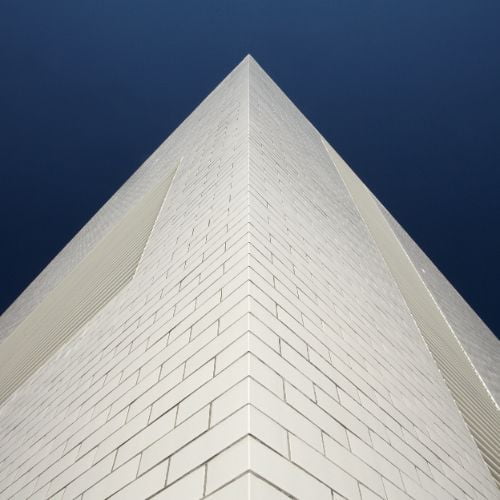2020 in review

It seems fitting to review 2020 a couple of months into 2021, but despite it being a challenging year all round, Designscape have still worked on some great projects – from attaining new and exciting clients, to seeing a number of projects progress onsite. A collection of these are summarised below.
Science Studios Art gallery, production and storage building.

Designscape has developed a 9,000sqm art production studio and gallery for Damien Hirst. The project reuses an existing steel portal frame structure originally built for the manufacture of plastics. The brief involved a high level of design, detail and finish, including exceptionally high structural loading requirements and innovative cladding and glazing. The building is split into three bays: reception and gallery, art production and storage facilities, with each area defined externally through cladding panels of contrasting colours. The artist’s production of large-scale art work requires highly specialised accommodation, including freezer storage and a fire protected art store. The western riverside boundary has become a sculpture garden.
In addition to the principal Science gallery and production space, a smaller independent formaldehyde studio has been built. The formaldehyde studio requires unique accommodation and dedicated services, including specialist ventilation equipment to filter out the formaldehyde fumes. As well as large-scale freezer storage, specialist cranage equipment has been incorporated for handling large and delicate art works. The steel frame structure is clad with white glazed bricks and small mortar joints to create a sculptural monolithic appearance.
In association with MRJ Rundell + Associates




